Making decisions without data is like navigating without a compass. That’s where secondary market research steps in. It’s not just a backup plan; it’s a smart strategy for any brand looking to get ahead. Think of it as the detective work behind the scenes, using existing data to piece together the market puzzle.
While primary research gets a lot of attention for its direct approach to gathering data, it can be expensive and time-consuming. That’s where secondary research shines. It uses data already out there—industry reports, academic studies, and public records. This saves time and money and adds depth to your understanding of the market.
Secondary research complements primary research perfectly. It gives context and background, helping to interpret new data more effectively. In essence, it’s about working smarter, not harder. Leveraging existing data can uncover trends, competitor insights, and customer behaviour that might not be evident from new research alone.
So, as we dive into the how-tos of insightful secondary market research, keep in mind it’s not just about cutting costs. It’s about making informed decisions with a fuller picture of the market. After all, in business, knowledge is power, and secondary research is a crucial tool in harnessing that power.
What is Secondary Market Research?
Secondary market research is about making use of data that’s already out there. Unlike primary research, where you’re collecting data firsthand through surveys, interviews, or experiments, secondary research taps into existing resources. It’s about being resourceful and finding and using data already gathered by others.
So, what can you dig up with secondary research? A lot. You’ve got your public records – think census data, government reports, and regulatory filings. These are goldmines for demographic and economic insights. Then there are academic papers, where you find cutting-edge research and theories that can spark new ideas or validate your hypotheses. Industry reports and market analyses offer a bird’s-eye view of market trends, competitor performance, and industry benchmarks. And don’t forget about competitive analysis – using information published by your competitors themselves, like annual reports and press releases, to get a read on their strategies and performance.
In short, secondary research is your shortcut to a wealth of information. It’s not about reinventing the wheel; it’s about leveraging what’s already out there to build a more robust, more informed strategy for your brand. Whether you’re validating your primary research findings or getting a quick overview of the market landscape, secondary research is a critical step in the process.
The Strategic Value of Secondary Market Research
Now, let’s talk strategy. Secondary research isn’t just about gathering data; it’s about giving you the strategic edge. Understanding market trends, the competitive landscape, and customer behaviour is crucial, and secondary research serves this up on a silver platter.
For instance, let’s take market trends. By analysing industry reports and academic research, you can spot trends before they go mainstream. This is about seeing where the market is heading, not just where it’s been. For a brand leader looking to steer their company in the right direction, this is invaluable. It’s like having a roadmap for what’s next, helping you to navigate market shifts and position your company as a leader, not a follower.
Then there’s the competitive landscape. Competitive analysis through secondary research lets you peek into your competitors’ worlds. What strategies are they using? What’s working for them (or not)? This isn’t about copying them—it’s about understanding the playing field and finding opportunities to outmanoeuvre them. This insight can guide mergers, acquisitions, or new product launches.
And we can’t forget about customer behaviour. Secondary research gives you a broader understanding of customer needs and pain points. Social media analytics, customer reviews, and market analyses offer a treasure trove of information on what customers say and do. For any brand executive, this is gold. It means you can tailor your products, marketing, and customer service to meet your customers where they are, often before they even know they need you.
In practice, imagine a V.P. of Marketing using secondary research to identify a rising trend in sustainable products within their industry. By aligning their product development and marketing strategies with this trend, they capitalise on market demand and position their brand as forward-thinking and responsible.
Or consider a Head of Strategy using competitive analysis to discover a competitor’s shift towards a new market segment. This insight allows for strategic planning to counteract this move or identify underserved segments that could offer new opportunities.
Secondary research is more than data collection; it’s a strategic tool that helps executives make informed, forward-looking decisions. It’s about staying ahead of the curve and using the wealth of existing information to guide your company’s strategic direction.
Step-by-Step Guide to Conducting Effective Secondary Research
Let’s dive into the nuts and bolts of doing secondary research correctly. Follow these steps to ensure your research is thorough and directly aligned with your strategic goals.
| Step | Description |
| Identifying Your Research Objectives | Start with clarity. What exactly do you need to know? Define your objectives in a way that they directly support your business goals. Whether it’s understanding a market trend, evaluating competitive positions, or getting to know your customers better, your objectives should be specific, measurable, achievable, relevant, and time-bound (SMART). |
| Sourcing Relevant Data | Not all data is created equal. Focus on finding high-quality, reliable sources. Look into academic databases like JSTOR or Google Scholar for peer-reviewed papers, industry reports from firms like Gartner or McKinsey, and public databases for economic and demographic data. Assess the credibility of these sources by checking the author’s credentials, publication date, and the methodology used in the research. |
| Analysing and Interpreting Data | This is where the magic happens. Use qualitative methods to understand themes and narratives or quantitative methods for statistical analysis. Tools like SWOT analysis can help in understanding strengths, weaknesses, opportunities, and threats based on the data. Software like SPSS or Excel can be invaluable for crunching numbers. The key is to look for patterns, correlations, and insights that align with your research objectives. |
| Applying Insights to Strategic Decisions | Now, turn those insights into action. If the data shows a growing market trend, consider how your product development can align with that trend. If competitive analysis reveals a gap in the market, think about how you can position your company to fill that gap. Use these insights to inform decisions on product development, market entry, and competitive positioning. |
Challenges and Solutions in Secondary Research
Even with a solid plan, you’ll likely hit a few bumps. Let’s tackle some common challenges in secondary research and how to overcome them.
Overcoming Data Overload
- The Problem: It’s easy to drown in a sea of data.
- The Solution: Stay focused on your research objectives. Use filters and search operators to narrow down results.
Dealing with Outdated Information
- The Problem: Not all data is fresh. Some might be stale by the time you find it.
- The Solution: Always check the publication date. Prioritise the most recent data, but don’t ignore historical trends, as they can provide valuable context.
Assessing Credibility and Bias
- The Problem: Not every source is reliable or unbiased.
- The Solution:
- Check the author’s credentials and the publication’s reputation.
- Look for corroborating evidence from multiple sources to mitigate bias.
Making Sense of Diverse Data
- The Problem: Data comes in all shapes and sizes, making analysis complex.
- The Solution:
- Use a mixed-methods approach, combining qualitative and quantitative analysis.
- Visualise your findings with charts and graphs to better identify patterns.
Leveraging Technology in Secondary Research
Technology can be a game-changer in managing and analysing data.
Data Management Tools
- Evernote or OneNote: This is used to organise and annotate your findings.
- Zotero or Mendeley: Great for managing academic references.
Analysis Software
- Excel or Google Sheets: Handy for quantitative analysis.
- NVivo: Useful for qualitative data analysis, helping to identify themes and patterns.
Wrapping Up with Actionable Insights
Once you’ve navigated the challenges and leveraged the right tools, it’s time to translate your findings into actionable insights.
Turn Insights into Strategies
- Product Development: Align your offerings with emerging trends identified in your research.
- Market Entry: Choose your markets based on competitive analysis and customer needs.
- Competitive Positioning: Differentiate your brand by filling gaps your competitors have overlooked.
Keep the Conversation Going
- Share Your Findings: Present your insights to your team or stakeholders in a clear, concise manner.
- Encourage Feedback: Open the floor for discussions. Different perspectives can further refine your strategy.
Leveraging Technology in Secondary Research
Let’s break down how technological powerhouses are changing the game.
A.I. and Machine Learning: The Smart Scouts
- Pattern Recognition: These tools are like having a detective with a photographic memory and a knack for spotting patterns. They can sift through mountains of data to find trends and correlations that would take humans ages to uncover.
- Predictive Analysis: A.I. doesn’t just tell you what’s happened; it predicts what might happen next. This is crucial for anticipating market shifts, consumer behavior changes, and potential new niches.
- Natural Language Processing (NLP): Ever wanted to know what people say about your brand on social media or in reviews? NLP technologies analyze text to gauge sentiment, pull out key themes, and even track brand mentions over time.
Data Analytics Tools: The Analytical Brains
- Data Visualisation: Tools like Tableau or Power B.I. transform complex datasets into clear, understandable visuals. This makes it easier to share insights with your team or stakeholders and make data-driven decisions quickly.
- Big Data Analytics: With tools designed to handle vast datasets, you can analyze information from multiple sources simultaneously. This means a more comprehensive view of the market without getting bogged down in details.
Automation: The Efficiency Expert
- Automated Data Collection: Say goodbye to manual data scraping. Automated tools can continuously monitor and collect data from specified sources, ensuring you have the latest information at your fingertips.
- Streamlined Analysis: Automation isn’t just for collecting data; it also applies to analysing it. Automated analysis tools can identify key metrics, perform statistical tests, and even generate reports, saving you time and reducing the risk of human error.
How This Changes the Game
Leveraging technology in secondary research isn’t just about keeping up with the times; it’s about setting the pace. By embracing A.I., machine learning, and data analytics, you’re not just collecting data but unlocking its full potential to drive your brand forward. Integrating these technologies into your secondary research processes means you can:
- Do More With Less: Less time spent on manual tasks means more time for strategic thinking and decision-making.
- Stay Ahead of the Curve: With predictive analytics and continuous data monitoring, you can anticipate market trends and adjust your strategies proactively.
- Make Informed Decisions: Enhanced data visualisation and analysis offer clearer insights, making it easier to understand complex information and make informed decisions.
Essential Resources for Secondary Research
Whether you’re digging into local markets or casting a net across global industries, finding reliable and free resources is key to effective secondary research. Here’s a list of go-to sources for insightful, credible information at various levels—local, state, country, and global.
| Resource | Level | Description |
| CIA World Factbook | Global | Comprehensive information on the history, people, government, economy, geography, communications, transportation, military, and transnational issues for 267 world entities. |
| Google Scholar | Global | Access to a wide range of scholarly articles, theses, books, abstracts, and court opinions from academic publishers, professional societies, online repositories, universities, and websites. |
| PubMed | Global | A free resource supporting the search and retrieval of biomedical and life sciences literature with the aim of improving health–both globally and personally. |
| World Bank Open Data | Global | Free and open access to global development data, including data on economic development, health, and population statistics. |
| Eurostat | Europe | Statistical data and analyses on European countries covering various sectors including economy, population, and social conditions. |
| United Nations Data | Global | A portal to international statistics gathered by the United Nations on economics, social conditions, environment, and more. |
| U.S. Census Bureau | United States | Detailed data on demographic, economic, and geographic studies of the U.S. population. |
| Bureau of Labor Statistics | United States | U.S. economic data, including employment, productivity, inflation, and the state of various industries. |
| Pew Research Center | Global | Nonpartisan fact tank that informs the public about the issues, attitudes, and trends shaping the world through public opinion polling and social science research. |
| Statista | Global | Statistics portal integrating data on over 80,000 topics from over 22,500 sources onto a single platform. |
| Google Public Data Explorer | Global | Large datasets from world development indicators, OECD, and human development indicators, visualised in an easy-to-understand way. |
| National Bureau of Economic Research (NBER) | United States | Offers a wide range of economic data, research, and analysis. |
| Office for National Statistics (ONS) | United Kingdom | UK’s largest independent producer of official statistics and the recognised national statistical institute of the UK. |
| Australian Bureau of Statistics (ABS) | Australia | Provides statistical services and data on economic, population, environmental, and social issues. |
| Statistics Canada | Canada | National statistical office offering a wide array of economic, social, and environmental statistics. |
| Data.gov | United States | Home to the U.S. government’s open data, including data on agriculture, education, energy, finance, and more. |
| European Union Open Data Portal | Europe | Provides access to data published by EU institutions and bodies. |
| IndiaStat | India | Comprehensive statistical analysis on India covering demographics, economy, health, education, and more. |
| Chinese National Bureau of Statistics | China | Offers economic, demographic, and social data on China. |
| Africa Development Bank – Open Data Platform | Africa | Data on African countries covering economic, social, and environmental indicators. |
This table is a treasure trove for researchers looking to gather secondary data from credible, free sources. Whether you’re exploring local economic trends or global health statistics, these resources offer a wealth of information to support your research objectives.
Conclusion: The Strategic Edge of Secondary Research
Let’s wrap this up with some straight talk: secondary market research is not just a nice-to-have; it’s a must-have in your strategic arsenal. It’s the compass that helps you navigate, offering insights and perspectives that can fundamentally shape your strategic direction.
Remember, secondary research gives you a head start. It’s cost-effective, efficient, and taps into a wealth of data already out there waiting to be leveraged. From understanding market trends and competitive landscapes to getting inside your customers’ heads, secondary research lays the groundwork for informed decision-making.
But it’s not just about collecting data; it’s about turning that data into actionable intelligence. With the help of technology—A.I., machine learning, and data analytics tools—secondary research has become more powerful than ever. It allows you to sift through mountains of information, spot patterns, and predict trends, ensuring that your strategic decisions are backed by solid evidence.
And let’s not forget the resources at your disposal. From the CIA World Factbook to Google Scholar, the tools and databases we’ve discussed are your allies in the quest for knowledge. They’re the sources that can fill in the blanks, confirm your hunches, or even challenge your assumptions, ensuring that your strategies are not just guesses but informed choices.
So, to the marketing and research executives reading this: consider secondary market research as the foundation of your strategic planning. It’s the key to unlocking insights that can propel your business forward, helping you to not just keep up with the pace of change but to set it.

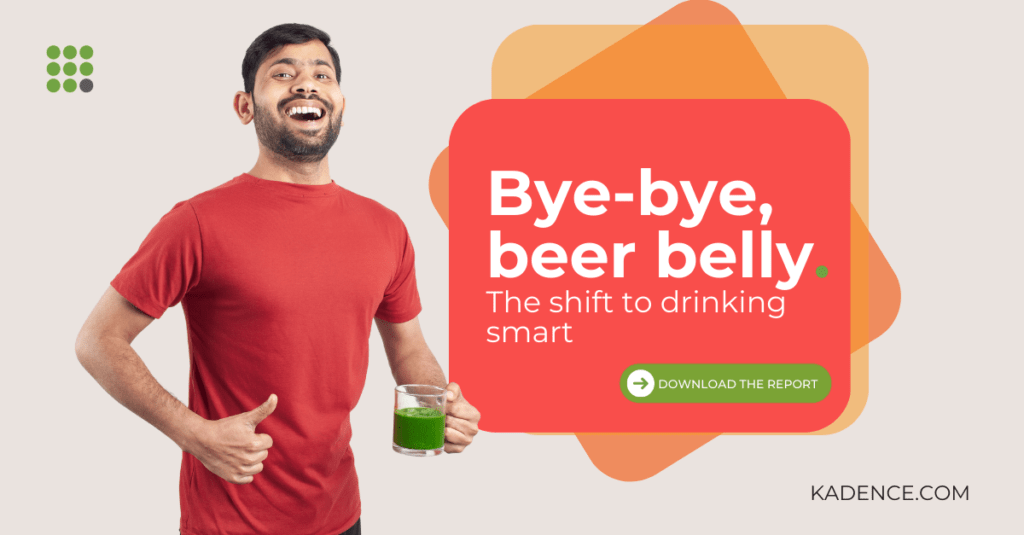

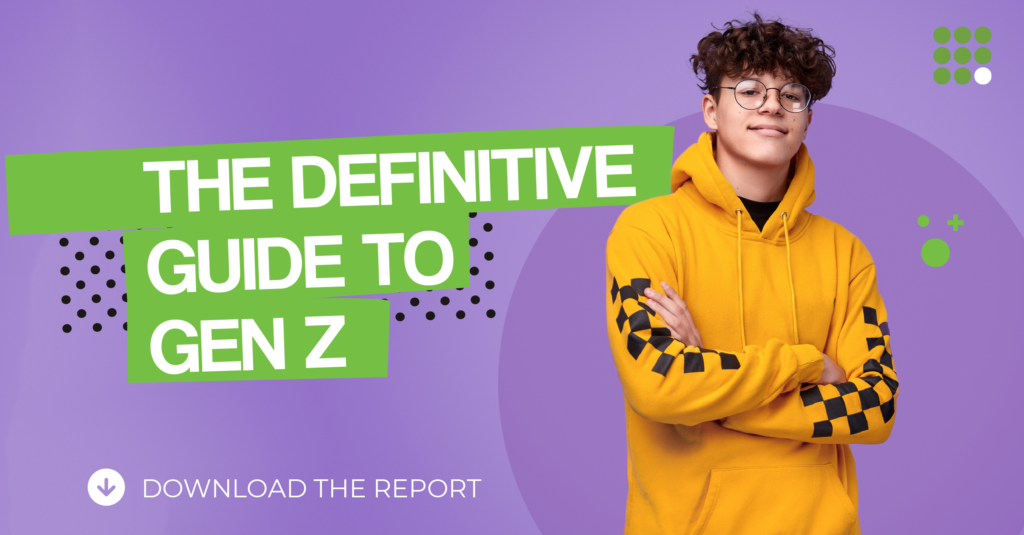
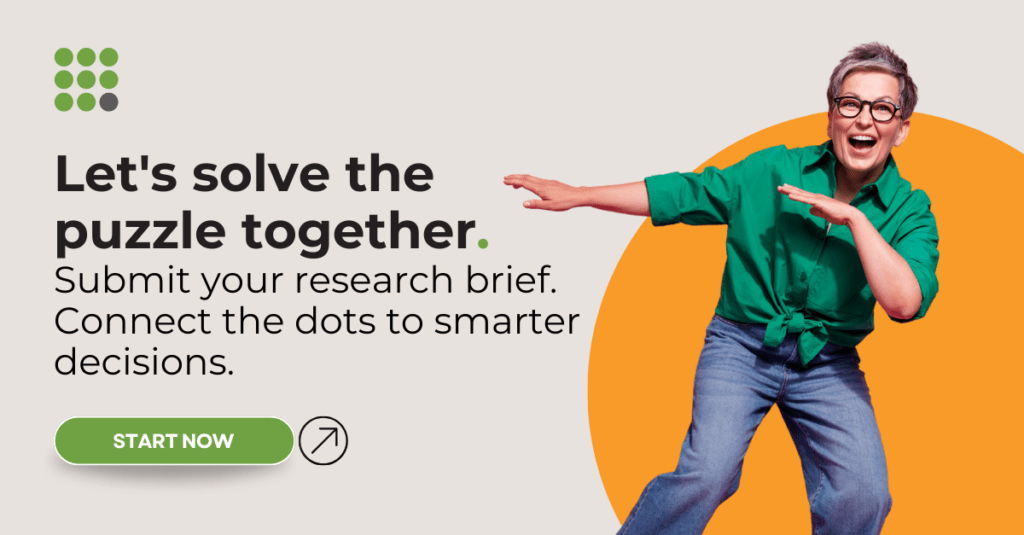

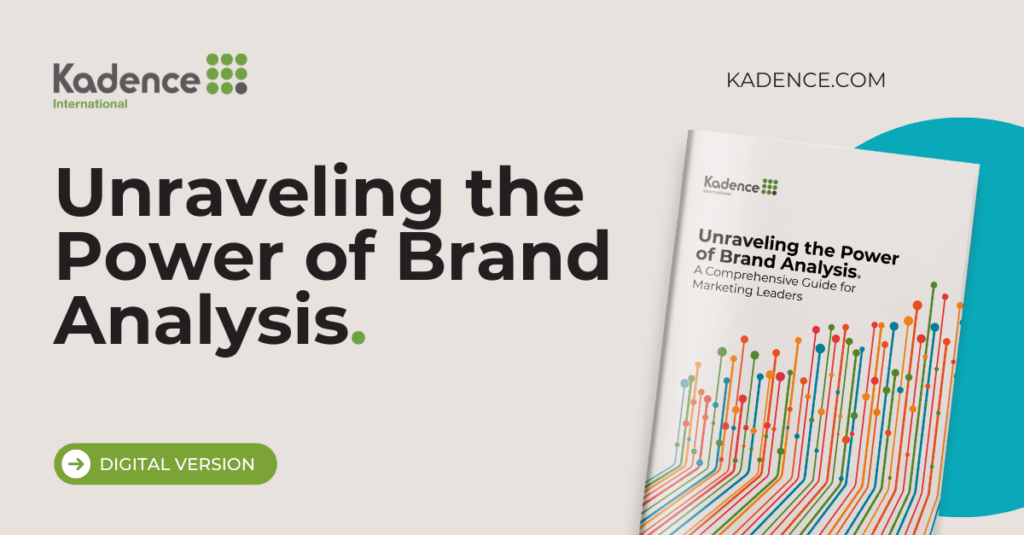
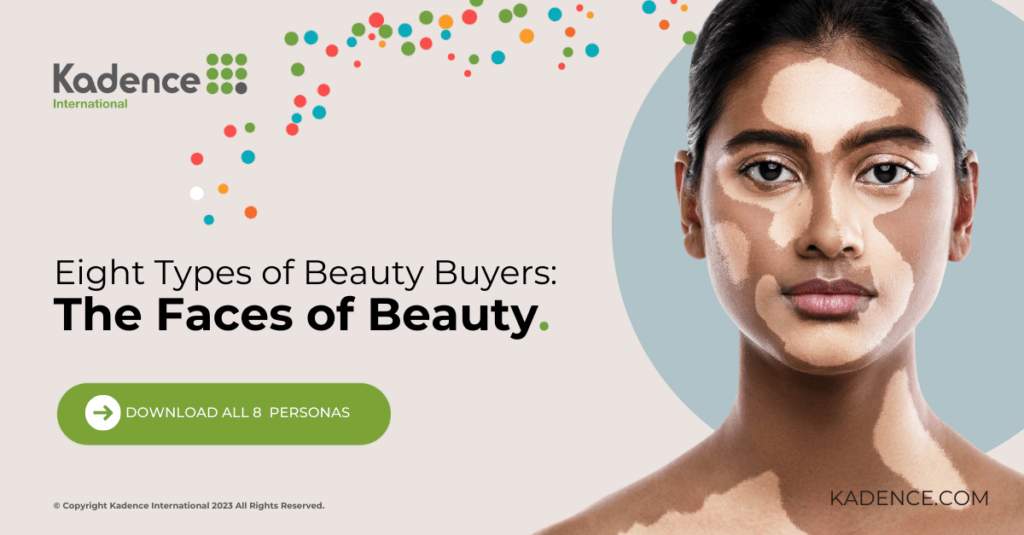
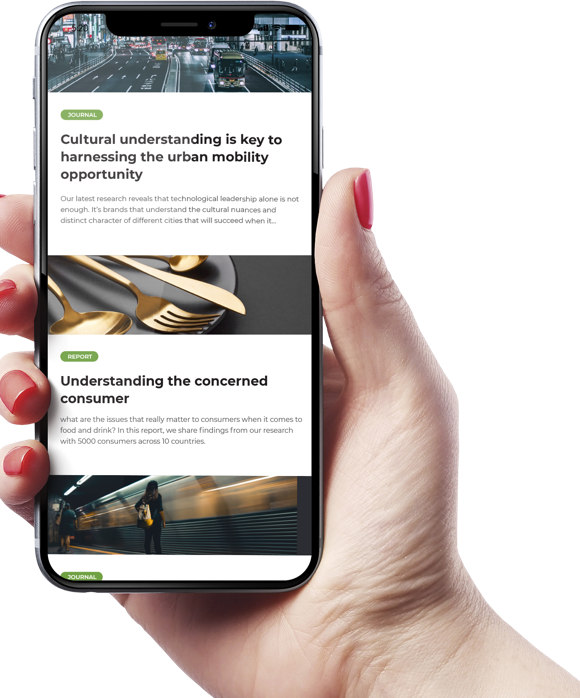
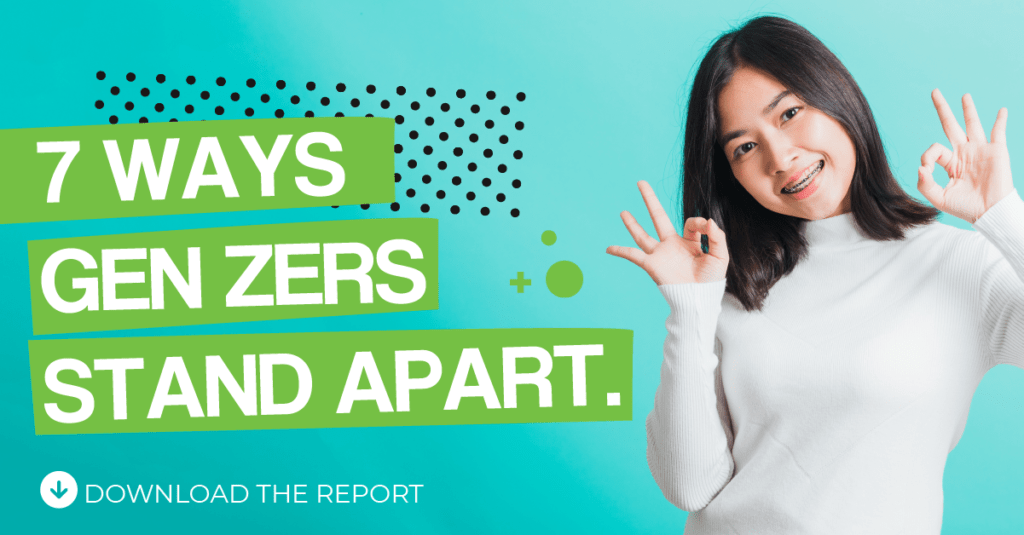
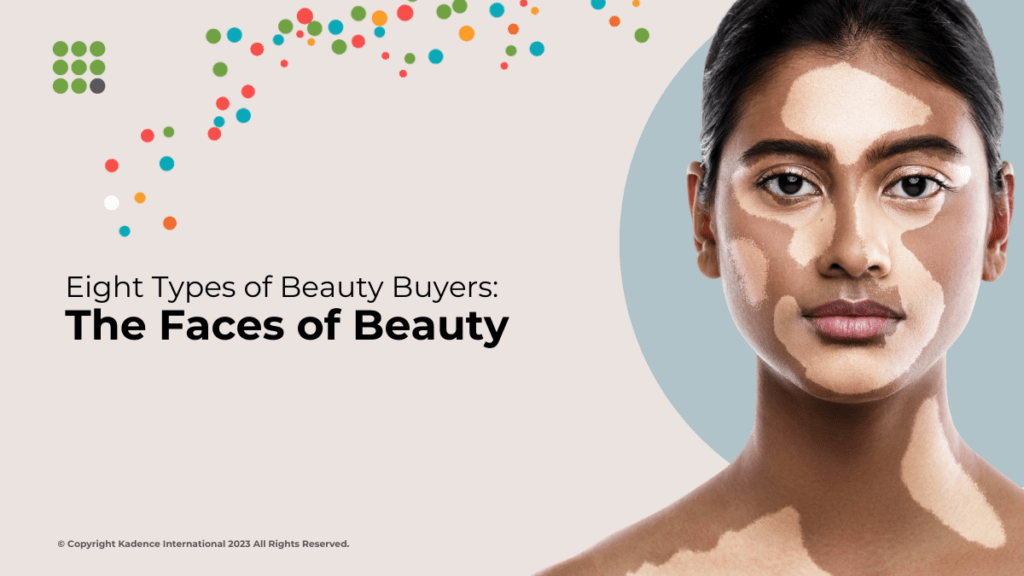
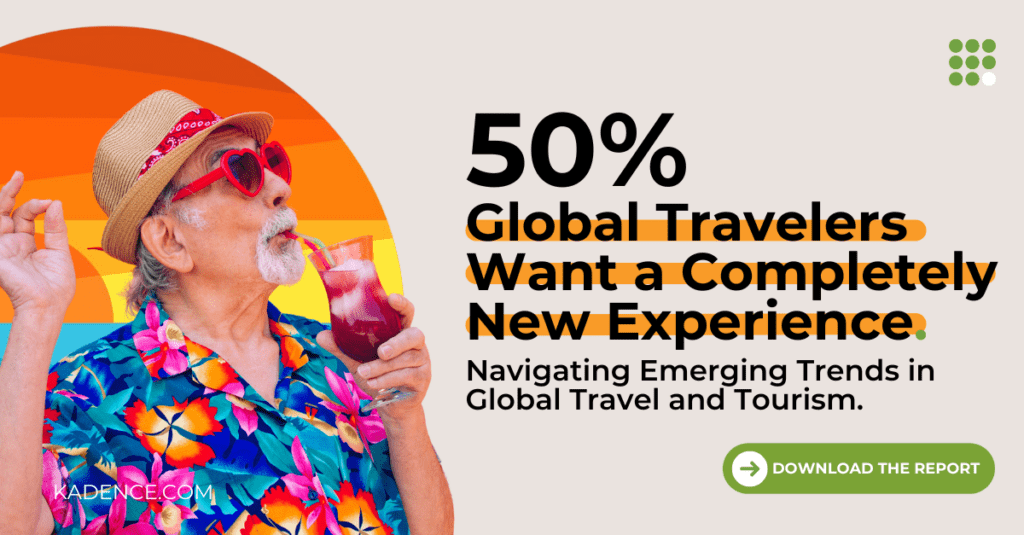
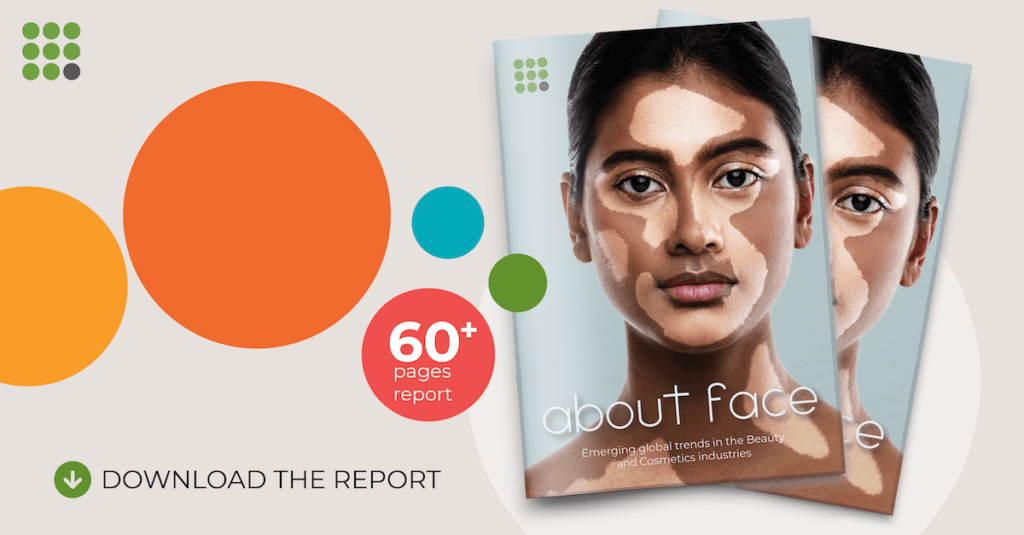


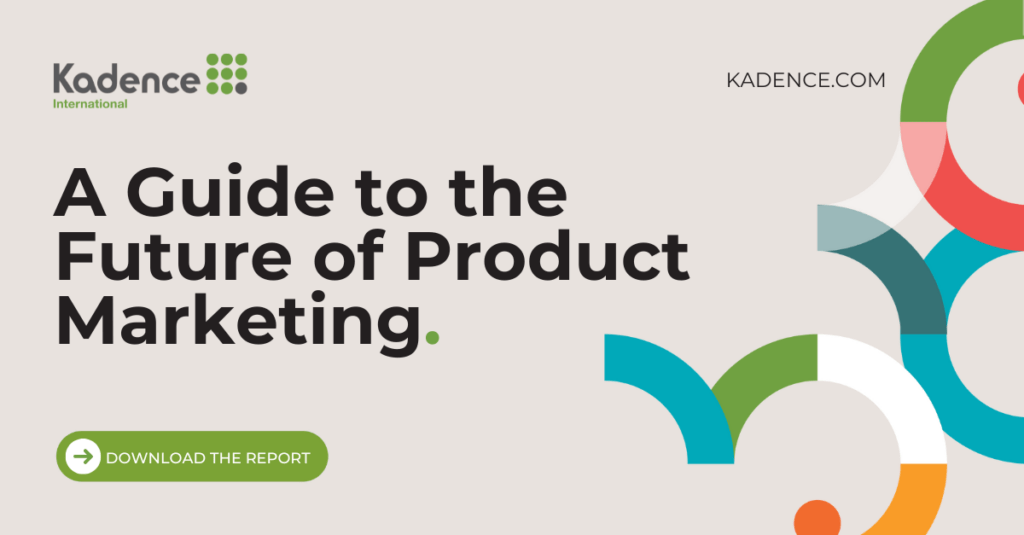
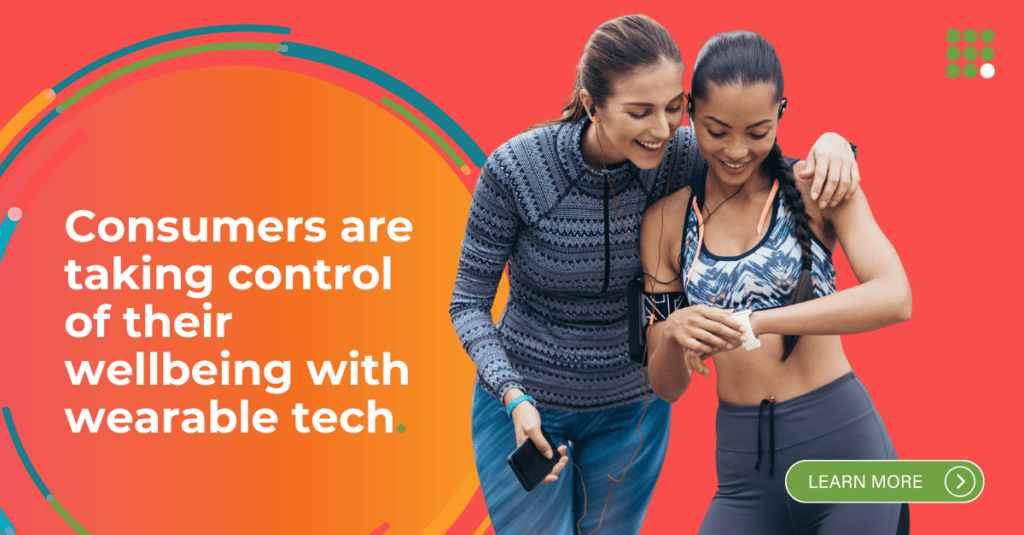
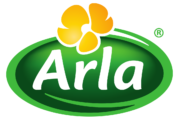 Senior Marketing Executive
Senior Marketing Executive Sales & Marketing
Sales & Marketing General Manager PR -Internal Communications & Government Affairs
General Manager PR -Internal Communications & Government Affairs Vital Strategies
Vital Strategies
 Customer Intelligence Director
Customer Intelligence Director